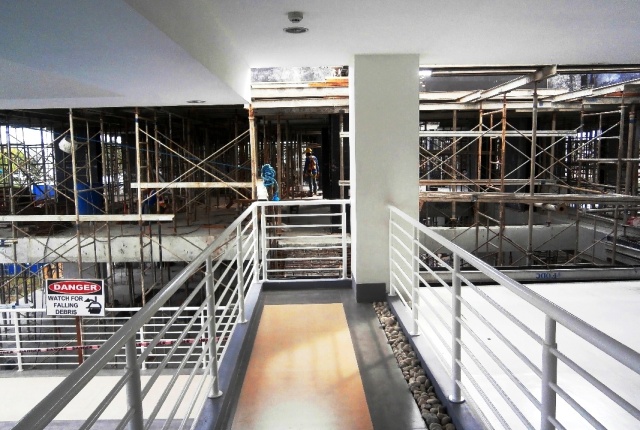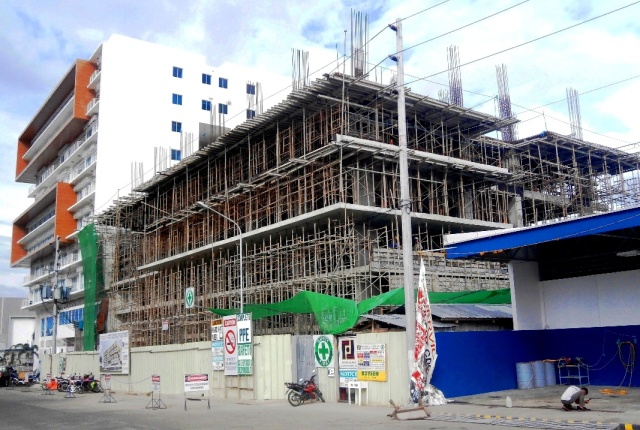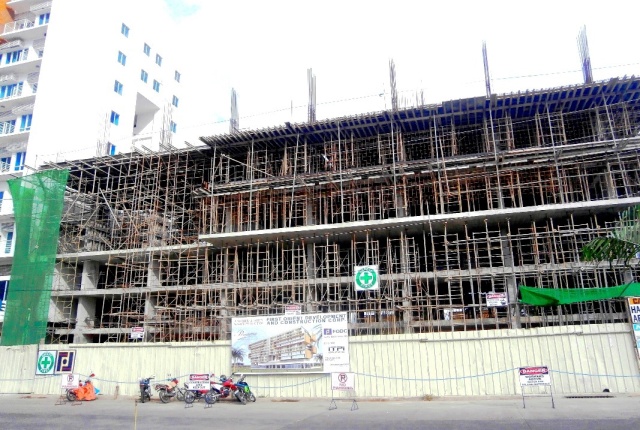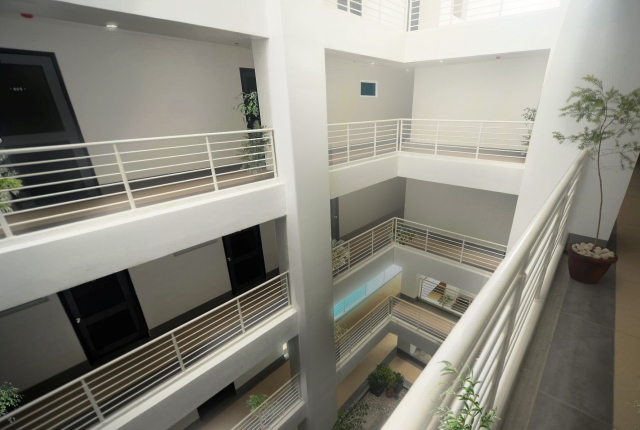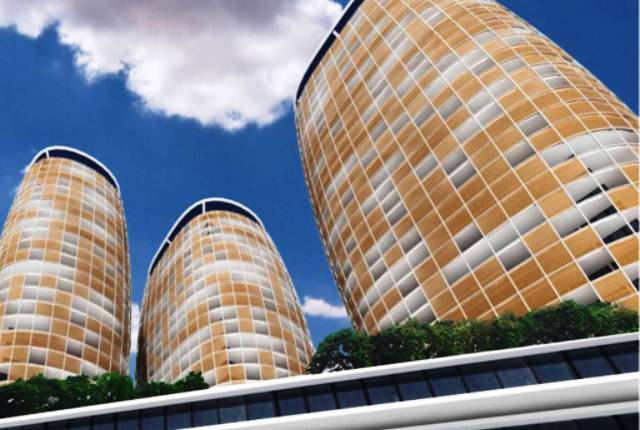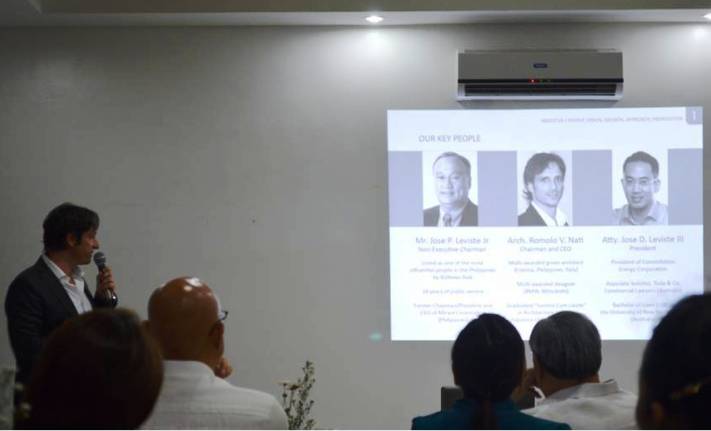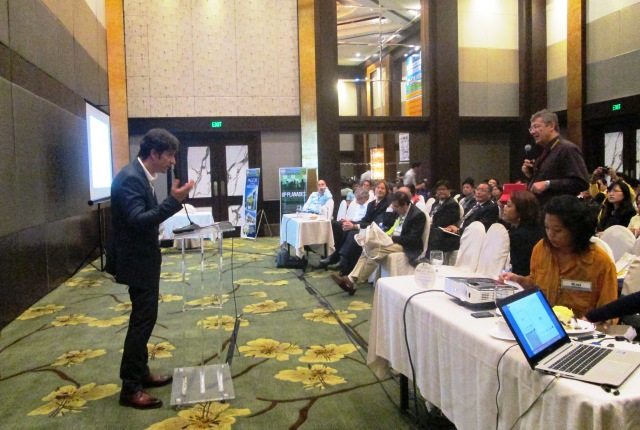The Christmas holidays and the heavy rains brought by back-to-back low pressure areas have not slowed the construction of the second tower (Tower B) of Primavera Residences, the first eco-friendly, mixed-use condominium development in southern Philippines.
The 10-storey, twin-tower, mixed-use development (commercial, offices, residences) is the first project designed and developed by ITPI Corp. (Italpinas Euroasian Design and Eco-Development Corporation), a Italian-Filipino company that designs and develops sustainable property developments all over the Philippines.
Tower B, now under construction, is set to be completed by the third quarter of this year. To be launched this February, it is almost fully sold-out.
Construction of the first tower (Tower A) began in 2010 and was completed in September 12, 2012.
On Monday the state weather bureau (PAGASA) said that an LPA spotted earlier over Cagayan de Oro city had moved some 45kms East of Dipolog City, Zamboanga Peninsula, bringing persistent moderate to occasionally heavy rain showers and thunderstorms to the city and the rest of Northern Mindanao, as well as neighboring Caraga and Visayas. But this did not slow down the construction of the second tower.
Best-in-class eco-friendly features
Located in the upscale Pueblo de Oro Business and IT Park, Primavera Residences features the best principles of passive cooling technology — shadow and sunlight control, wind cooling and shape performance.
These features, combined with renewable energy that will be produced from solar panels found on the roof and walls of the towers, will help reduce the overall energy consumption of the buildings — bringing long-term savings to its residents and making Primavera Residences even more desirable as an investment.
The buildings are also designed to be ‘disaster-proof’, able to withstand strong typhoons and earthquakes.
Last year, to align the construction of Tower B with its eco-friendly design, ITPI entrusted the building work to the First Orient Development and Construction Corporation (FODC), a reputable engineering and construction company that is LEED (Leadership in Energy and Environmental Design)-certified.
LEED Certification is given by the US Green Building Council (USGBC) to companies who satisfy stringent environmental standards throughout their entire building lifecycles. The LEED program also provides third-party verification of green buildings and recognizes best-in-class building strategies. #

